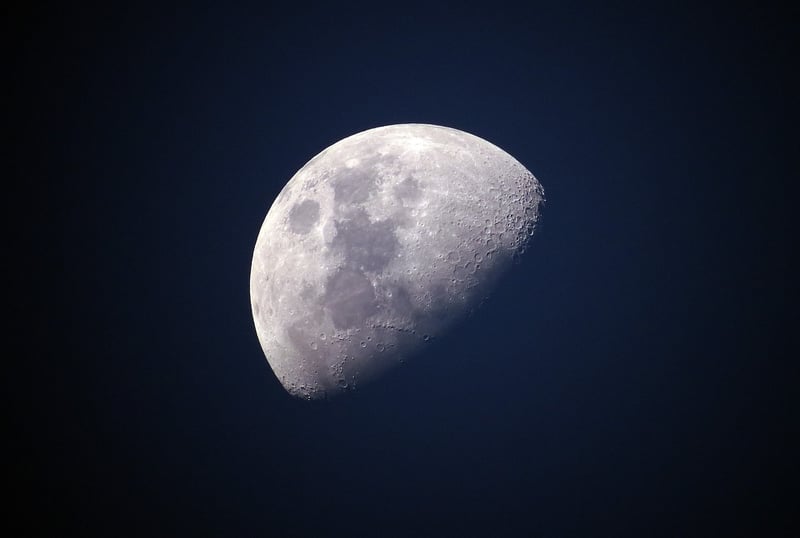Lunar Resources
Exploring Earth's Celestial Neighbor: The Moon
The Moon, Earth's only natural satellite, has captivated humanity for centuries with its beauty and mystery. From ancient myths and folklore to modern scientific exploration, the Moon continues to be a source of wonder and fascination for people around the world.
The Phases of the Moon
One of the most striking features of the Moon is its ever-changing appearance in the night sky. The lunar cycle, which lasts about 29.5 days, is divided into different phases, including the New Moon, First Quarter, Full Moon, and Last Quarter. These phases are a result of the relative positions of the Earth, Moon, and Sun.
Lunar Exploration
Humans have been sending missions to explore the Moon for decades. The first successful manned mission to the Moon was Apollo 11 in 1969, when astronauts Neil Armstrong and Buzz Aldrin became the first humans to walk on the lunar surface. Since then, several other missions have been conducted to study the Moon's geology, atmosphere, and potential for future exploration.
Lunar Resources
Interest in lunar resources has been growing in recent years, as scientists and space agencies look towards establishing a sustainable presence on the Moon. The Moon is believed to have abundant resources that could be valuable for future missions, including water ice, rare minerals, and helium-3, a potential fuel for fusion reactors.
Water Ice
Water ice has been discovered in permanently shadowed craters at the Moon's poles. This ice could be used to sustain future human colonies on the Moon, providing drinking water and oxygen for astronauts, as well as serving as a potential resource for rocket fuel.
Rare Minerals
The Moon is also rich in rare minerals such as Helium-3, which is scarce on Earth but abundant on the Moon's surface. Helium-3 is considered a promising fuel for nuclear fusion, offering a clean and efficient energy source for future generations.
Helium-3
Helium-3 is a non-radioactive isotope that could potentially fuel fusion reactors, producing vast amounts of energy with minimal radioactive waste. While the technology for extracting and utilizing Helium-3 is still in the early stages, it holds great promise for the future of sustainable energy production.
Conclusion
As we continue to explore and study Earth's celestial neighbor, the Moon reveals itself to be not just a source of inspiration and beauty but also a potential resource for future human endeavors in space. With ongoing research and technological advancements, the Moon may play a crucial role in humanity's quest to expand our presence beyond Earth.

Explore the wonders of our celestial neighbor, the Moon, and unlock the secrets of its resources for the benefit of humanity's future in space exploration.
